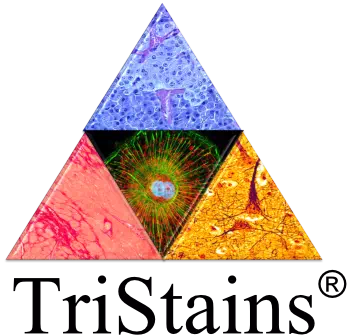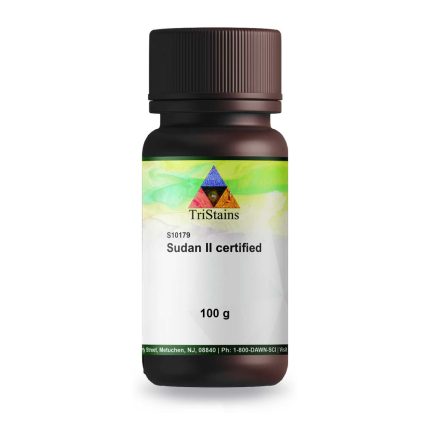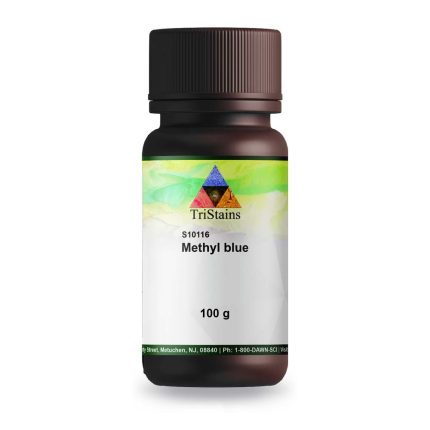Buy High Quality Rose Bengal Certified (632-69-9) MF: C20H2Cl4I4O5•2Na | MW: 1017.64. from Tristains.
Rose Bengal is a synthetic dye that is widely used in various applications, including medicine, microbiology, and photography
“TriStains”, Histological Stains/Biological Stains that offer range of stains used in Histology, Cytology, Microbiology and Hematology laboratories.
TriStains meet the highest quality standards and give excellent color performance of desired components of cells and tissue in life science laboratories.
TriStains series products are carefully tested to ensure accurate, reliable, and reproducible results. Our products are available in different packaging sizes to allow you to get all types of stains & Indicators for your specific purposes from a single source.
In-addition Tristains also deals in numerous Laboratory Supplies, Chemicals, Equipment, Instruments, Reagents, Standard Solutions, Buffers, Histological Stains/Biological Stains & Indicators and many more, for more information please visit our website www.tristains.com or email to [email protected] we will be happy to help you. All Tristains Products are exclusively distributed by Dawn Scientific Inc (https://dawnscientific.com)
Applications: Microbiological Testing: Rose Bengal is used in microbiology as a selective medium for the isolation and identification of certain types of microorganisms. It inhibits the growth of bacteria and some fungi while allowing the growth of specific organisms, such as yeasts.Ophthalmology: Rose Bengal has been used as a diagnostic tool in ophthalmology. It is used as a stain to detect ocular surface abnormalities and evaluate corneal epithelial damage. The dye is applied to the eye, and areas of epithelial damage or irregularities are highlighted by its staining properties.Research and Laboratory Applications: Rose Bengal may be used in various research and laboratory applications. It can be used as a staining agent to visualize cellular structures or as an indicator of oxidative stress or cellular damage in biological samples. It has also been used in studies related to cell migration, inflammation, and cell viability.Photodynamic Therapy: Rose Bengal is used in photodynamic therapy (PDT), a medical treatment that involves the use of light-activated compounds to selectively destroy cancer cells or treat certain ocular conditions. When Rose Bengal is exposed to light of a specific wavelength, it generates reactive oxygen species that can cause cell death.Photographic Industry: Rose Bengal has been used in the photographic industry as a red-colored dye. It has been used as a sensitizer for emulsions and in color printing processes.













Reviews
There are no reviews yet.